TL;DR
Virtual staging for real estate listings helps you go live faster, highlight multiple styles, and stay on budget, while traditional home staging delivers a tactile, in-person experience that deepens emotional connection during showings. Use virtual staging to win online attention quickly, real staging to convert in person, or combine both for maximum impact.
Why home staging still moves the market
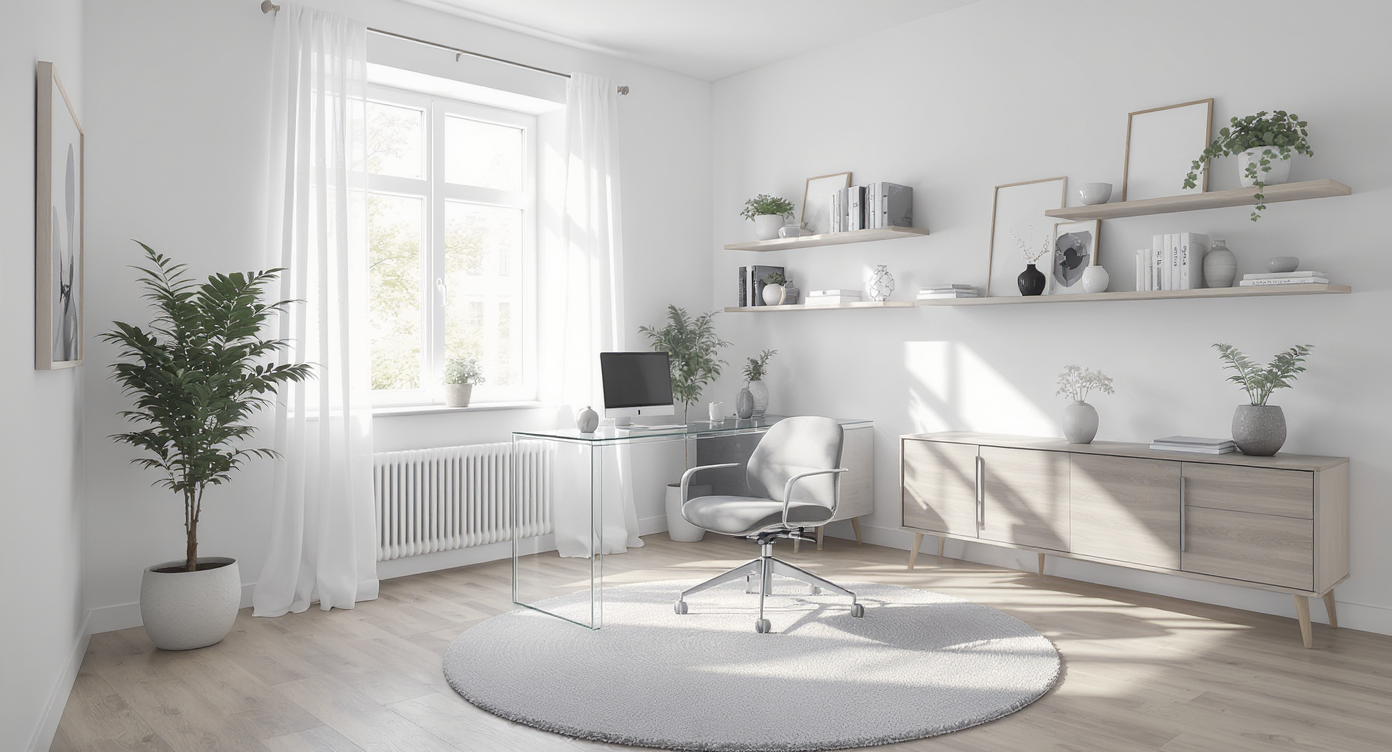
Virtual staging can transform empty spaces into inviting environments that capture online buyers' interest.
Compare virtual staging vs real staging to decide what helps your listing sell faster, attract more buyers, and maximize ROI.
Here’s the thing: staged homes sell faster and for more money. Industry sources regularly report that well-presented homes can sell 5–10% higher on average and up to 73–87% faster than unstaged properties. Agents often note that first impressions online drive the first showing, and the first showing drives the offer.
With most buyers starting their search on the internet—agents say the vast majority of views now happen on phones—your listing’s photos and presentation are your opening move. The choice between virtual staging and traditional staging comes down to timeline, budget, buyer type, and how the property will be experienced.
How to choose between virtual staging and traditional home staging
Homes with strong visuals earn more clicks, more showings, and better offers. Market analysts suggest that listings with staged photos garner significantly higher engagement because buyers can instantly understand scale, flow, and lifestyle.
When virtual staging makes sense. If you need speed to market, virtual staging shines. Typical turnarounds run 24–72 hours once photos are shot, and market averages place pricing around $15–$75 per photo depending on complexity. It’s ideal for vacant properties, homes with dated furniture, build-to-rent portfolios, and remote-buyer funnels where decisions start online. You can test multiple looks—modern, transitional, family-friendly—without lifting a sofa.
When traditional staging outperforms. In-person showings are where real staging can seal the deal. Physical furniture clarifies room proportions and creates that visceral, "I can live here" moment. Stagers often recommend budgeting 0.5–1% of list price for key rooms, with common packages starting around $1,500–$5,000 for the first month plus monthly extensions. Agents say this consistency between photos and showings builds trust and reduces buyer uncertainty.
- Speed: Virtual staging = days; real staging = days to weeks for sourcing, delivery, and setup.
- Cost: Virtual is usually a fraction of physical staging’s initial outlay and maintenance.
- Flexibility: Virtual lets you iterate instantly; physical is slower but anchors the in-person experience.
- Buyer journey: Virtual wins attention online; real staging deepens connection at the showing.
Best-of-both strategy. Agents often advise a hybrid: virtually stage all listing photos to drive traffic, then physically stage hero spaces (living room, dining, main bedroom) for tours. This balances digital reach with in-person impact and keeps carrying costs in check.
Anecdote
Mini case study: A midtown agent relisted a tenant-worn studio after a deep clean and virtual staging in a compact, multifunction layout. The day the refreshed photos hit the MLS, saved searches spiked and showing requests doubled. The property accepted an offer at 2.5% over the prior list within five days—proof that presentation reframes value.
Common mistakes and misconceptions in home staging
Clear expectations and ethical edits keep buyers confident. Experts recommend labeling virtually staged photos and avoiding changes to fixed features.
- Over-editing fixed elements. Don’t move walls, widen windows, or erase power lines. Keep edits to furniture and decor only. Label images as “virtually staged.”
- Style mismatch. Ultra-modern virtual furniture in a historic cottage confuses buyers. Match the architectural vibe and likely buyer persona.
- Ignoring scale. Oversized sofas or tiny beds skew room perception. Ask for furniture scaled to real dimensions; include a floor plan for context.
- Dark, crooked, or cluttered photos. Poor base photography kills results. Invest in pro photography; agents often report it pays for itself in showings and days-on-market saved.
- All-digital, no on-site plan. Stunning virtual photos with an empty house can disappoint. If you can’t stage physically, at least bring a few anchoring pieces and clear signage that mirrors the online look.
Pro tips, expert insights, and the right tools
Stage for mobile first: most listing views happen on phones, agents say 70–80%. Prioritize simple compositions, bright lighting, and clean sightlines that read in a thumbnail.
- Sequence matters. Lead with three hero images that sell lifestyle: living room, kitchen, and main bedroom. Analysts suggest strong openers increase click-through and tour requests.
- Choose buyer-centric styles. If nearby sales skew to young professionals, lean modern and minimal. For family buyers, add storage cues and flexible work-from-home nooks.
- Use disclosure language. “Photos include virtual staging for illustrative purposes; fixtures and finishes unchanged.” It protects trust and aligns with MLS rules.
- Add floor plans and dimensions. Buyers expect clarity. Including a floor plan can reduce confusion and speed decisions.
- Alt text and captions improve search. Use descriptive language: Alt text: “Virtually staged living room with neutral sofa, natural light, and wood floors.” Caption: “Design shown to illustrate scale and layout.”
Helpful tools for real estate marketing. For fast, photorealistic virtual staging, explore ReimagineHome to test styles, declutter photos, and generate on-brand listing visuals. For 3D and tours, many agents pair staging with Matterport or floor-plan apps; for quick flyers or social cutdowns, Canva is an easy add-on.
Anecdotes from the field: when staging changed the outcome
Stories reveal what data can’t: the moment a buyer falls in love. Agents often point to staging as the variable that changes urgency.
- The downtown condo that finally clicked. A vacant one-bedroom sat for 28 days with muted interest. After virtual staging in a light, Scandinavian style and a sunny balcony vignette, online saves jumped sharply and the unit received two offers the following weekend. Budget: under $300. Outcome: under contract within a week.
- The suburban flip that needed warmth. An investor listed a pristine but echoey new-build. Physical staging of the living, dining, and main bedroom added texture and scale. Open-house feedback shifted from “feels small” to “great flow.” The home sold near asking after 9 days; neighborhood median was closer to 3 weeks.
- The hybrid win for a relocating buyer. A seller used virtual staging to show a home office, then physically staged the living room only. A buyer touring from out of state said the online office convinced them to book a flight; the warm living room sealed it. The listing closed with a modest premium over recent comps.
Visualization Scenario
Picture this: A buyer scrolls on their phone and lands on your listing. The first photo—a bright, virtually staged living room—shows a neutral sofa, layered rugs, and a simple art wall. The caption notes, “Design shown for scale; room fits a 9-foot sofa.” She can already see where her sectional goes. By the time she walks into the open house, a physically staged living room mirrors the look. The story matches, the space feels bigger, and the decision feels easy.
FAQ: virtual staging vs real staging
- How much does virtual staging cost for real estate listings?
Virtual staging typically ranges from $15–$75 per photo, depending on style and edits. It’s a budget-friendly home staging option compared to month-long furniture rentals. - Is virtual staging worth it for agents who need fast real estate marketing?
Yes. Virtual staging helps listings go live in 24–72 hours, boost online engagement, and test multiple looks. It’s ideal when speed and cost control matter most. - Can buyers tell if photos are virtually staged in home staging?
Buyers can tell if edits are labeled and realistic. Keep changes to furniture and decor, disclose clearly, and avoid altering fixed features to maintain trust. - Should I choose real staging or virtual staging to sell a luxury home?
For luxury listings, combine both. Use virtual staging to broaden online reach, then physically stage key rooms to elevate the in-person experience and justify premium pricing. - What’s the best way to market real estate listings online with virtual staging?
Lead with three hero images, add floor plans, write descriptive alt text, and disclose virtual staging. This improves search visibility and sets accurate buyer expectations.
The smart play: stage for the screen, sell in person
Let’s be real: buyers decide with their eyes, then their feet. Virtual staging is your fast pass to attention; real staging is your closer at the showing. If you’re on a tight timeline or budget, start virtual. If you expect heavy foot traffic or you’re marketing a premium property, invest in a few high-impact rooms. The sharpest strategy blends both—market visually, sell viscerally, and keep the story consistent from screen to front door.
Ready to experiment with styles, clean up photos, and go live faster? Try ReimagineHome to virtually stage, declutter, and refine your listing visuals in a few clicks.
Suggested tags:
- home staging
- virtual staging for real estate listings
- real estate marketing
- property photos
- how to market real estate listings online
- staging tips for sellers
- virtual tours and floor plans
.svg)

.svg)

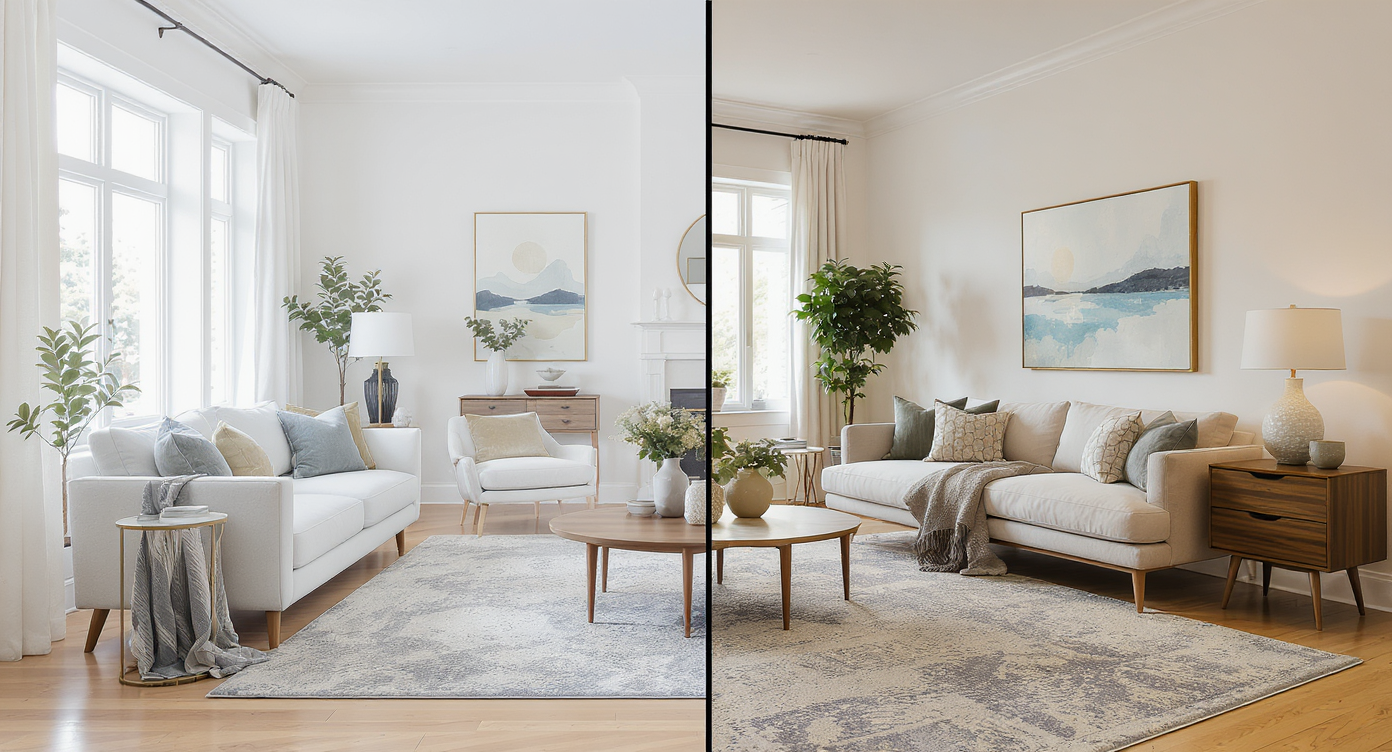
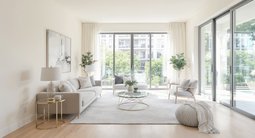
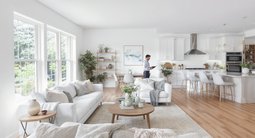


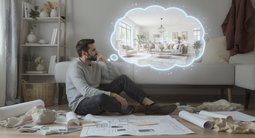
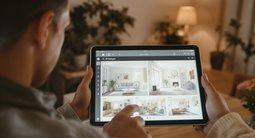


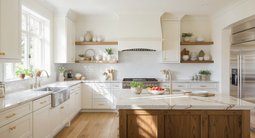
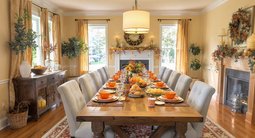


.png)